This article contains affiliate links that support House Plant Journal content. Active Grow kindly gifted the grow light system for an honest review.
One day, a friend gave me a few potted herbs saying: “you’re good with plants, you’ll enjoy these!”
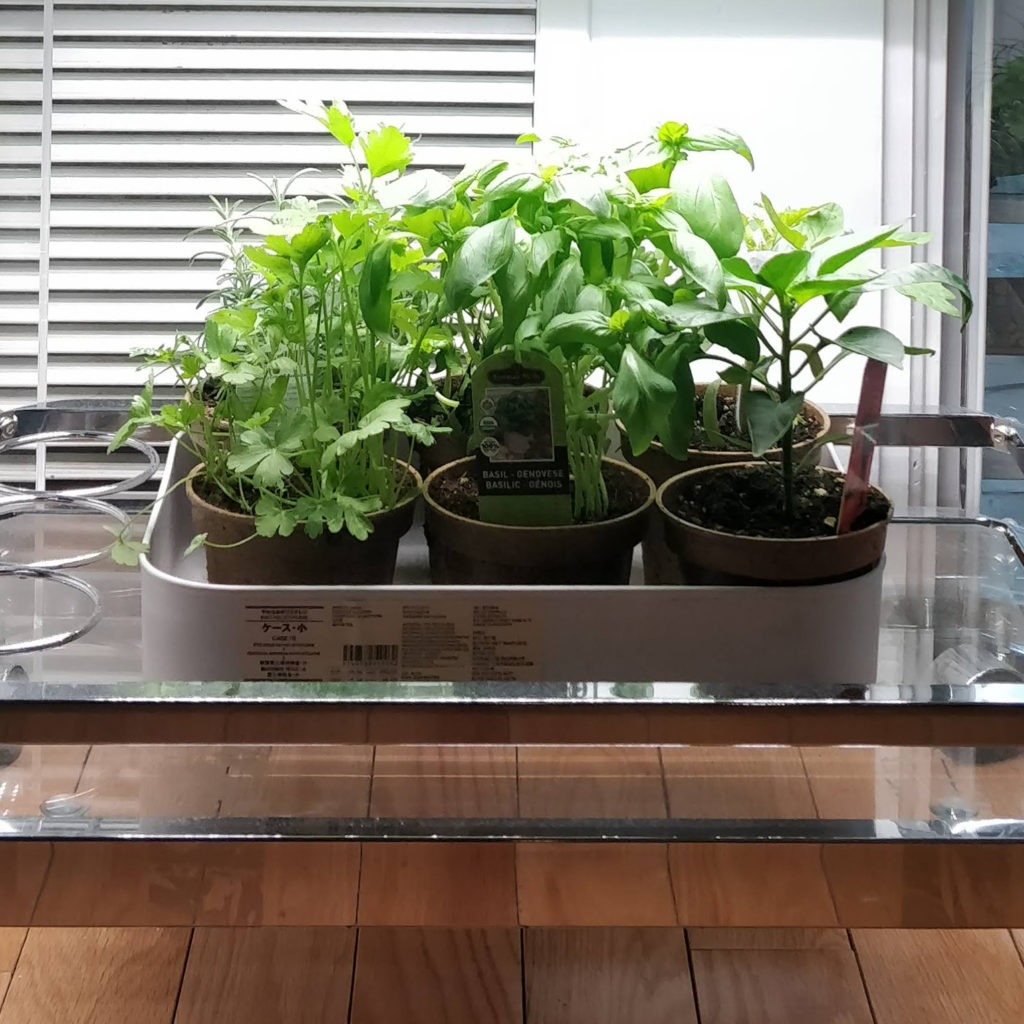
For any non-plant people out there: the hobby of growing plants has many sub-genres, as varied as tastes in music. It’s not all the same! I’m most interested in growing ornamental foliage plants indoors. One of the reasons I haven’t done much outdoor gardening is because my balcony faces another building and the orientation is such that the duration of direct sun is less than an hour. In terms of outdoor gardening designations of light, they’re defined as follows:
‘Full Sun’ = 6 or more hours of direct sun
‘Part Sun’ = 4-6 hours of direct sun
‘Part Shade’ = still 4-6- hours of direct sun but more emphasis on being shaded from hot midday sun
‘Shade’ = less than 4 hours of direct sun
So by those definitions, my balcony would only support the growth of “Shade” type plants – but what type of light do these herbs need? Full Sun.
Grow light to the rescue!
The Active Grow LED fixture I’m testing is the 2 foot, 4 light T5 fixture. They also make a 4 foot size fixture.
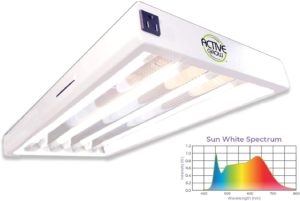
Installing the Grow Light
The majority of grow lights are designed to be hung from overhead. The Active Grow fixture can be hung from hooks using its two sturdy wires. Obviously, a bar car was not designed to be used as a mobile grow op so I had to find some way to hang the grow light safely within the bar cart.
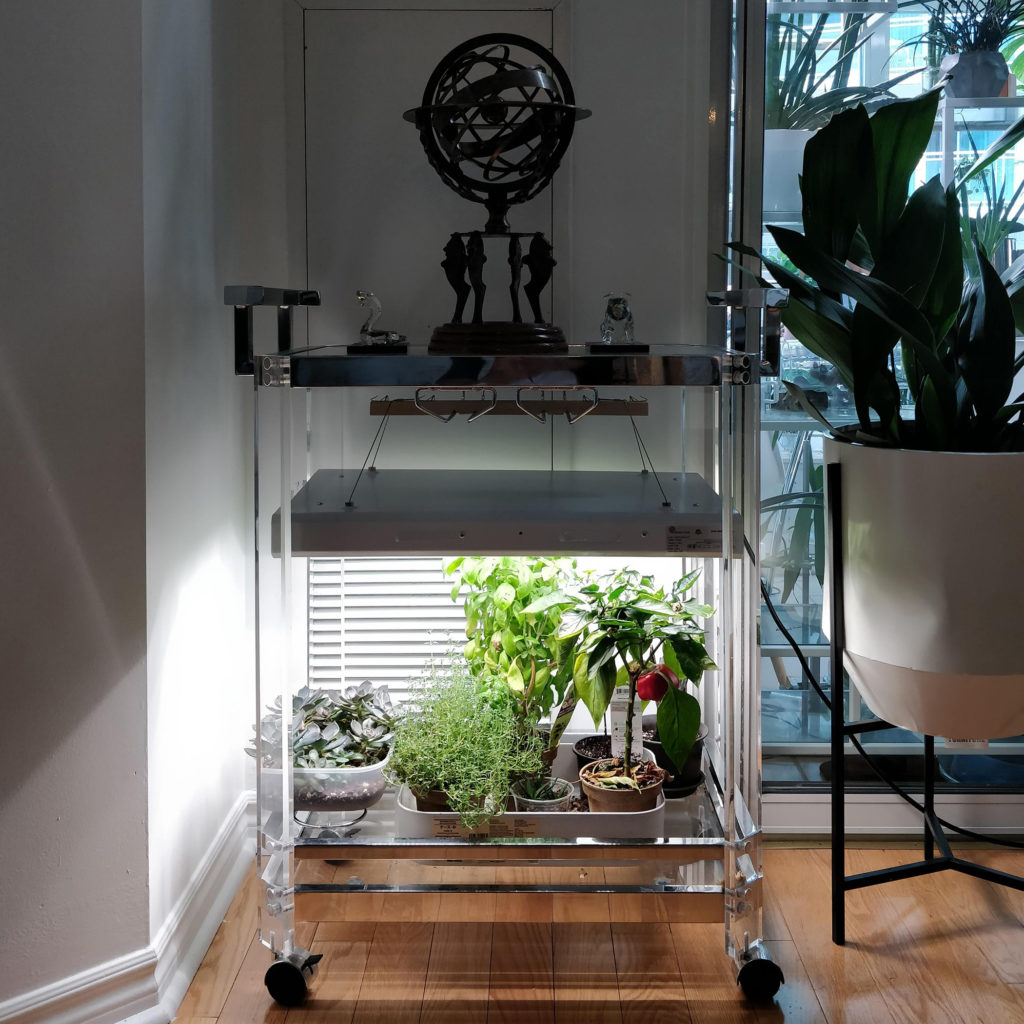
I cut some grooves into a piece of wood so that it could rest securely along the rails (normally for hanging wine glasses). I nailed two sets of picture hanging hooks into the wood to allow the grow light to be hung at two different heights since the intensity of light coming from a grow light changes significantly with distance.
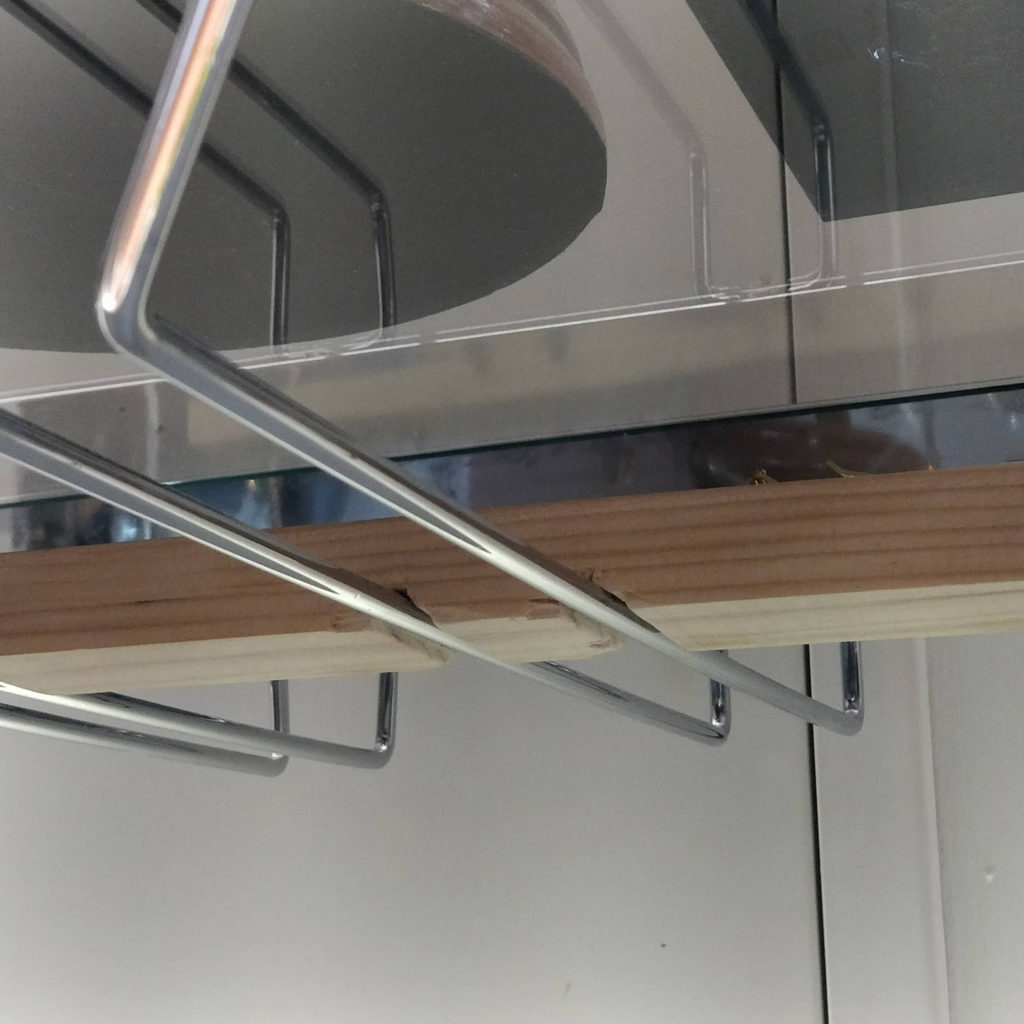
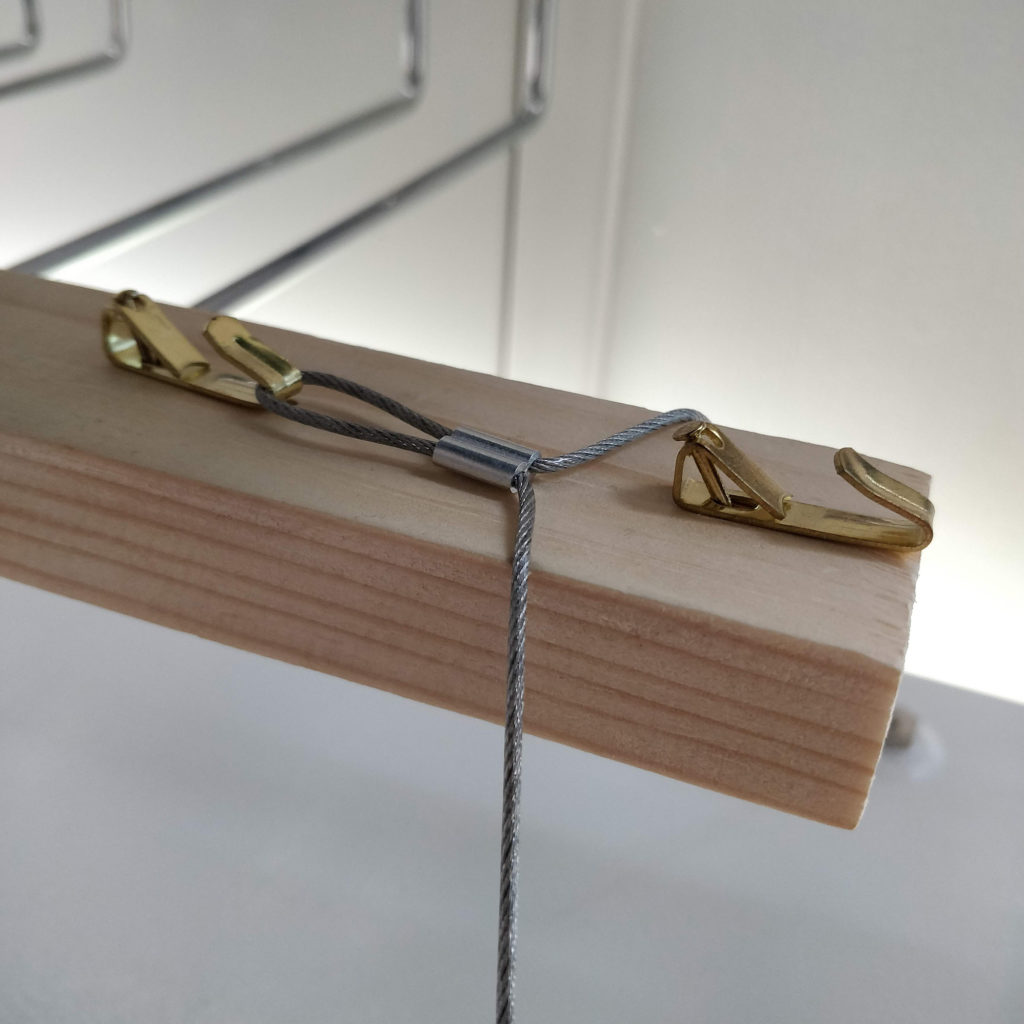
Now, before you start thinking that a grow light can replace the sun, let me show you some measurements and calculations – these are critical to help you make sense of light!
Quantifying Light
If these herbs grow best in ‘Full Sun’, what does that mean in terms of a number? This is where we need to use the concept of the Daily Light Integral (DLI) (see this article for more details, otherwise you won’t understand the rest of this article).
The Light Meter: a regular light meter is all you need to get sufficiently accurate light intensity readings. I’ll show you by verifying with my spectrometer!
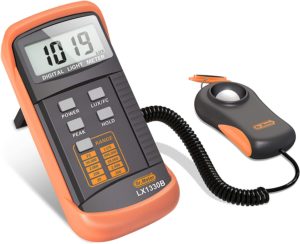
What is the DLI of ‘Full Sun’?
If ‘Full Sun’ is 6 or more hours of direct OUTDOOR sun, then we can start with a measurement of direct sun:
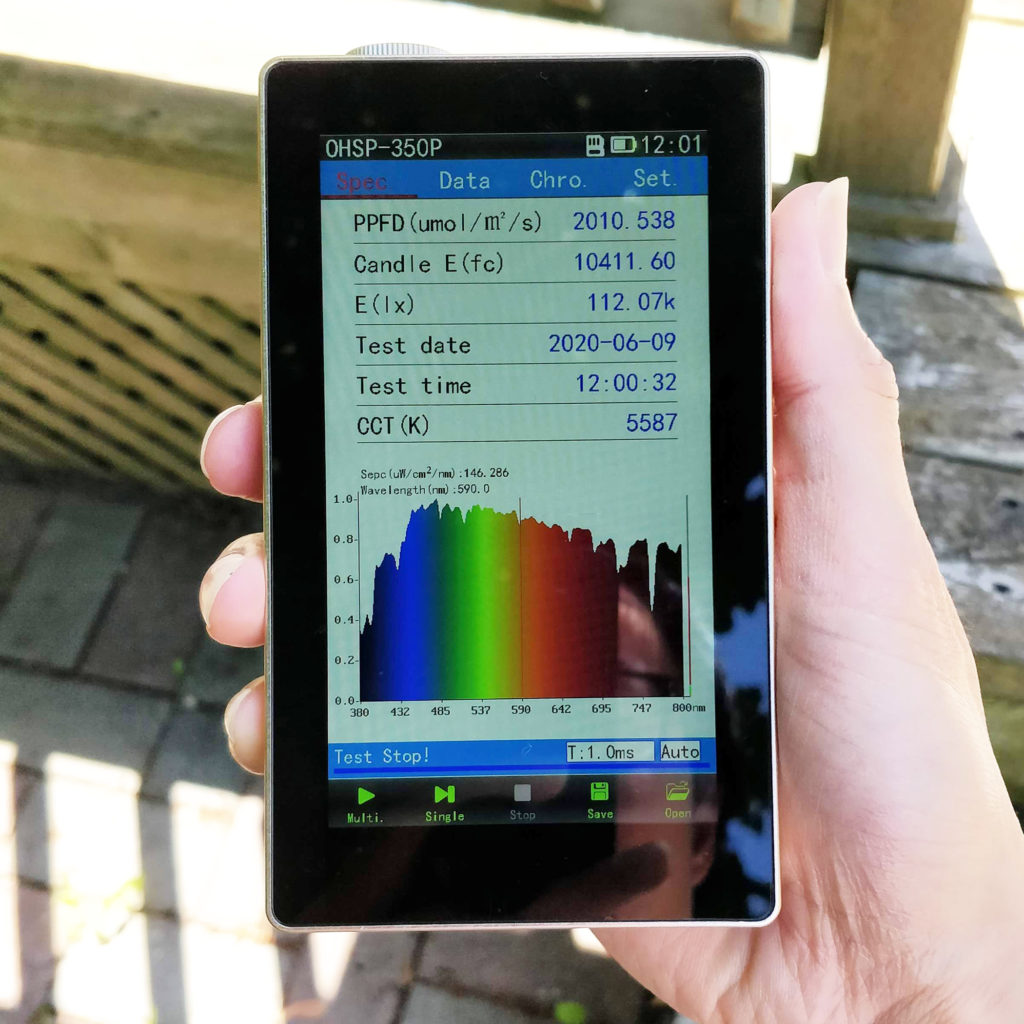
Direct outdoor sun measures around 10,000 FC. Converting FC to PPFD for sunlight, we can multiply by 0.20, which gives us PPFD of 2,000 µmol/(m2 · s).
That’s 2,000 µmol of PAR per second but we want to know what that would be for LONGER than 6 hours. We need the number of seconds in 6 hours: 6 x 60 minutes/hour x 60 seconds/minute = 21,600 seconds in 6 hours.
To get DLI, we multiply 2,000 x 21,600 and divide by 1,000,000 (to change micromoles to moles) = 43.2 mol/day.
Therefore ‘Full Sun’ (at least 6 hours of direct sun) in terms of DLI is roughly 43 mol/day or more.
Can we get this from a grow light?
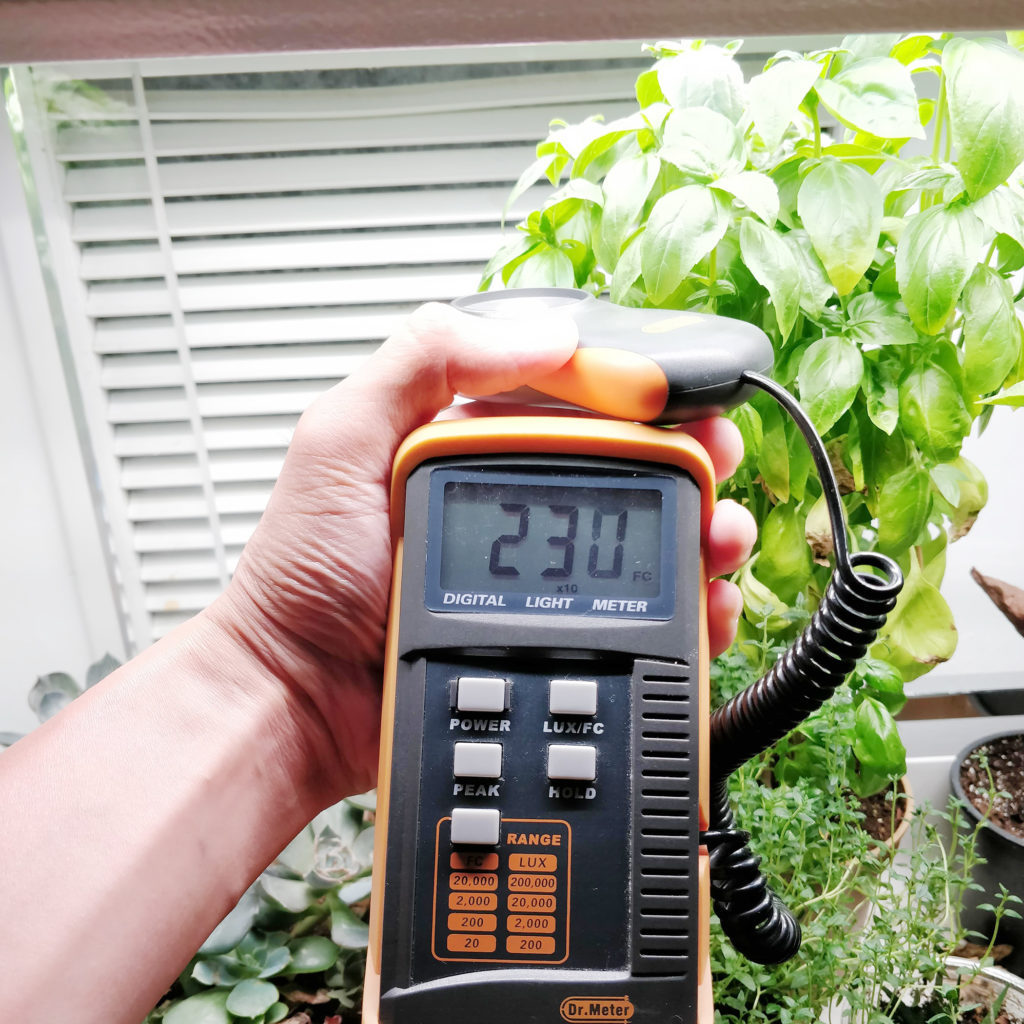
I measured the intensity at 6 inches away to be 2,300 FC but in order to convert to PPFD, we need to check the conversion factor with a spectrometer – for sunlight, it was 0.20 but for this LED spectrum, it’s 0.17.
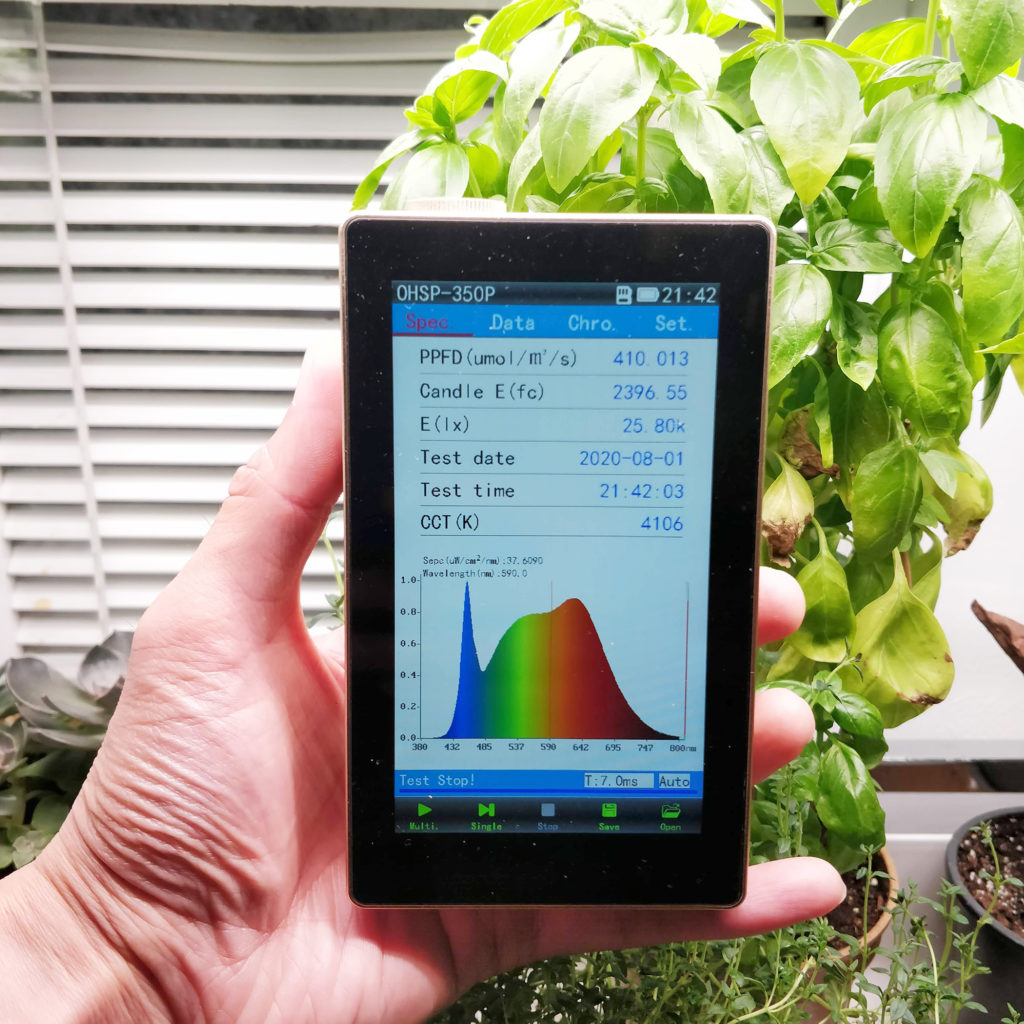
2,300 FC x 0.17 = 391 µmol/(m2 · s) – while this is a very powerful grow light, it’s not even a quarter the strength of direct sun. If we left the grow light on for 24 hours, how much PAR would we get at 6 inches away from the grow light?
391 µmol/(m2 · s) x 24 h x 60 min/h x 60 sec/min divided by 1,000,000 = 33.8 mol/day
That’s getting close but realistically, I wouldn’t leave the grow light on all the time. I turn it on when I wake up and turn it off when I go to bed – so let’s assume that’s about 16 hours. If we redo the calculation:
391 µmol/(m2 · s) x 16 h x 60 min/h x 60 sec/min divided by 1,000,000 = 22.5 mol/day ~about half the DLI of ‘Full Sun’.
The Good News
Just because I’m getting roughly half the DLI of the recommended ‘Full Sun’, doesn’t mean the herbs are doomed, they just won’t grow as quickly or as large as if they were grown with ‘Full Sun’ or higher than 43 mol/day. In the case of basil, where I’m only consuming the leaves, this grow light was very effective at growing the plant – I’ve enjoyed many caprese salads and pesto! As for fruiting plant – I got one pepper almost ready to test (not sure how it will taste) but, unfortunately, I never found out whether I could grow cherry tomatoes because the plant was infested by aphids and needed to be discarded.
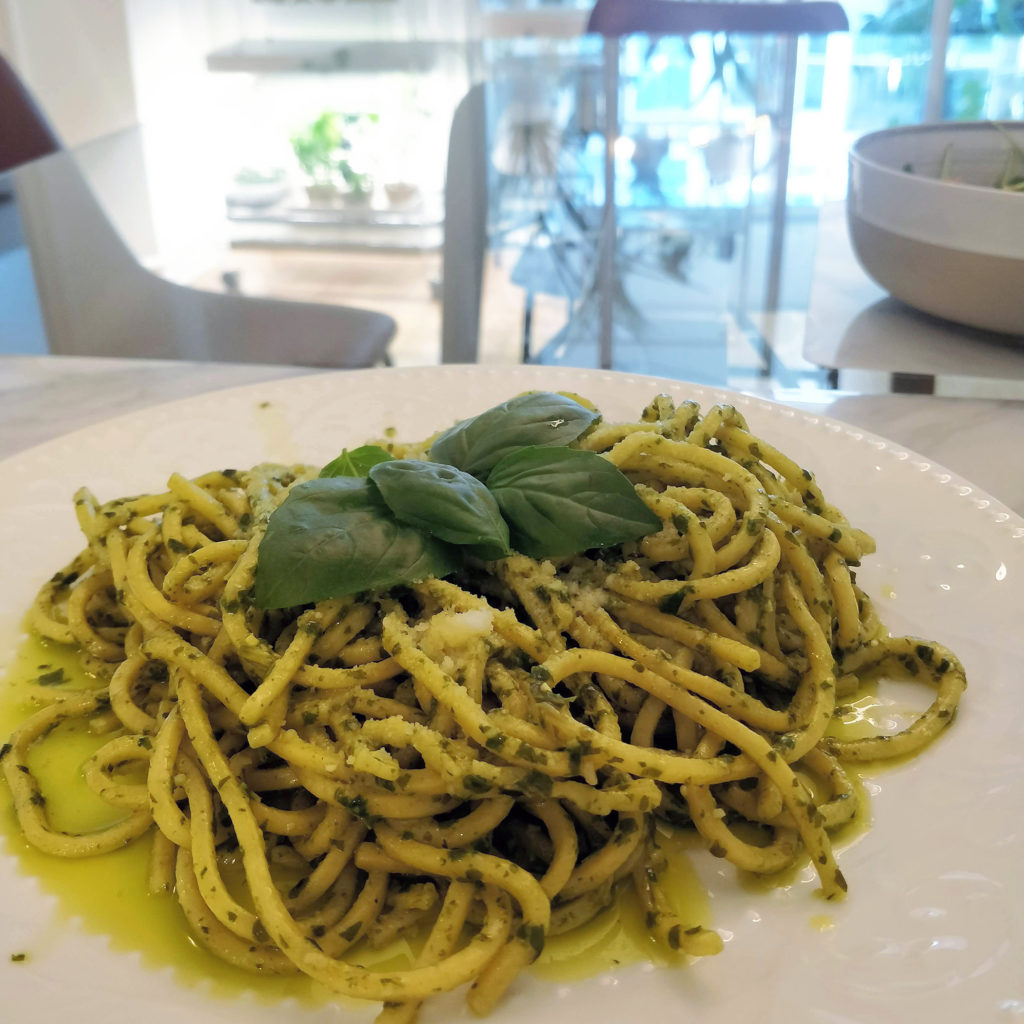
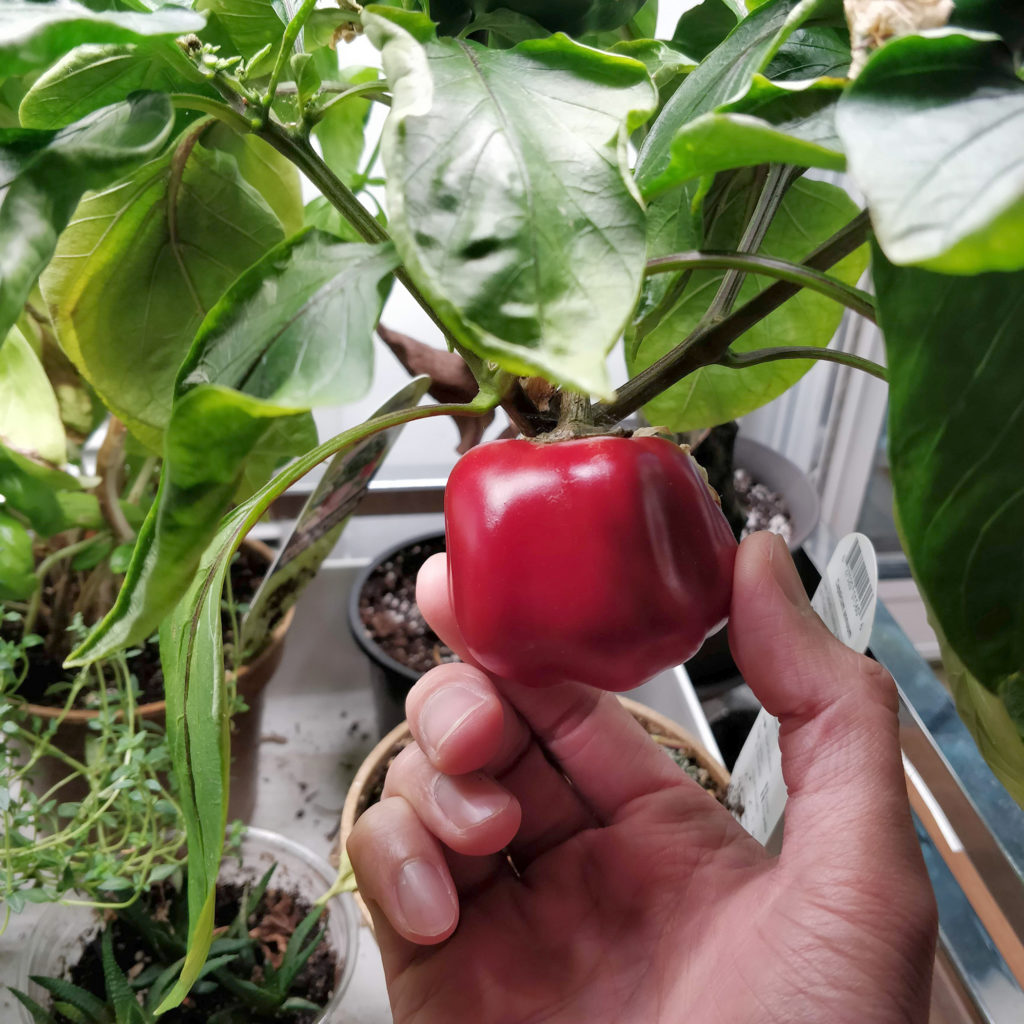
The Active Grow LED fixture had excellent light output, proving it was capable of growing ‘Full Sun’ herbs and even getting smaller vegetables to fruiting stage. The build quality was excellent – if you were wondering about price difference between grow light fixtures, it’s usually because the materials used for the fixtures are far sturdier and capable of handling the environmental conditions of serious grow spaces – or little grow ops!